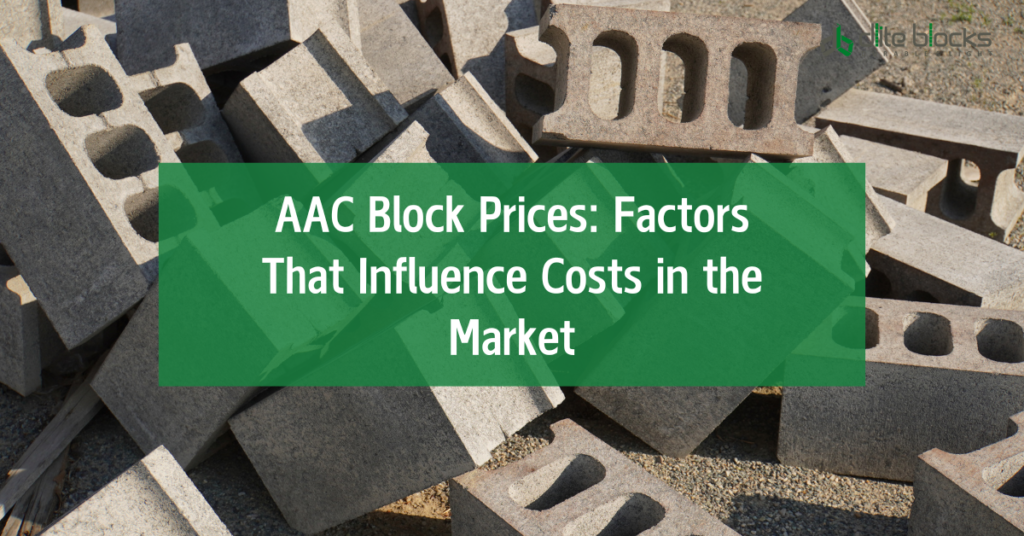AAC blocks, or Autoclaved Aerated Concrete blocks, are becoming very popular in construction. These blocks are known for being lightweight, eco-friendly, and energy-efficient. Many builders and homeowners are choosing AAC blocks because they help save money in the long run. However, like any building material, the cost of AAC blocks can vary.
Let us look at what factors affect their prices and how AAC block manufacturers in India and each AAC block manufacturing company like Dlite set their rates.
1. How AAC Blocks Are Made
AAC blocks are made by mixing cement, lime, sand, water, and a bit of aluminum powder. This mixture creates air bubbles in the block, making it light and strong. The process requires special machinery and skilled labor, so AAC block manufacturers in India must invest in quality equipment and training. Each AAC block manufacturing company like Dlite also needs to manage production costs, which affects the final price of the AAC blocks.
2. Raw Material Prices
The cost of raw materials like cement, lime, and sand directly affects AAC block prices. If these materials become more expensive, AAC block manufacturers in India may need to raise their prices. An AAC block manufacturing company like Dlite may also pay extra for transportation if raw materials are not nearby. These factors can make AAC blocks more expensive in some areas than others.
3. Labor and Production Costs
AAC block production requires skilled workers. Labor costs can vary depending on the region. For example, AAC block manufacturers in India may pay more for labor in cities than in rural areas. Additionally, energy, water, and maintenance costs at each AAC block manufacturing company add up. All these expenses affect how much AAC blocks will cost in the market.
4. Demand and Supply
AAC block prices also change with demand. When more people want AAC blocks, prices may go up. For example, if there is high demand for AAC blocks in big construction projects, the price might increase. On the other hand, if demand drops, AAC block manufacturers in India might reduce their prices to attract buyers. Additionally, supply chain factors like transportation and storage costs also play a role in pricing.
5. Government Rules and Incentives
Sometimes, government policies influence the price of AAC blocks. For example, taxes on raw materials can make AAC blocks more expensive. But there are also incentives for eco-friendly products. If the government offers support to eco-friendly AAC block manufacturers in India, it can lower the prices slightly. Every AAC block manufacturing company like Dlite must follow regulations, which can also add to their costs.
6. Technology and Innovation
Modern technology can help reduce the cost of AAC blocks. New machines and automated systems make it easier and faster for each AAC block manufacturing company to produce quality blocks. If an AAC block manufacturing company like Dlite uses advanced technology, it may be able to produce blocks at a lower cost, which could lead to more competitive prices.
7. Comparing AAC Blocks to Other Building Materials
Many people wonder if AAC blocks are more affordable than traditional bricks or concrete blocks. While AAC blocks may have a higher initial price, they provide long-term savings. AAC blocks help with energy efficiency, reduce the need for extra insulation, and have lower maintenance costs. AAC block manufacturers in India often emphasize these benefits to attract more customers.
Conclusion
In conclusion, AAC block prices depend on factors like manufacturing costs, raw material availability, labor, demand, and government policies. AAC block manufacturers in India work hard to manage these factors and offer reasonable prices. When buying, consider all aspects, including long-term benefits and your location. Choosing a reliable AAC block manufacturing company like Dlite can also help you get the best value for your money.
By understanding these factors, you can make a well-informed decision when selecting AAC blocks for your project.


